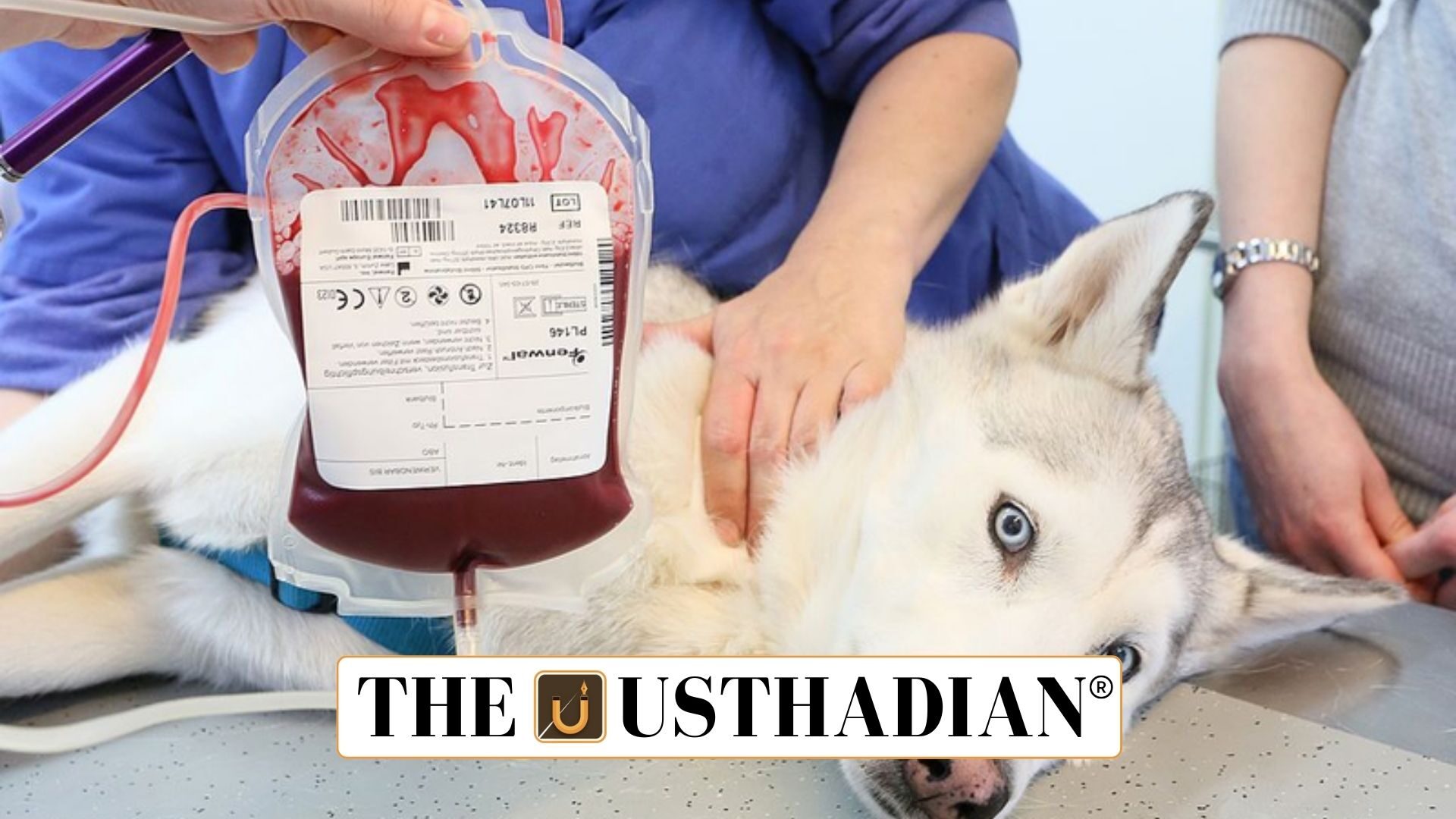Need for National Standards
India Issues Guidelines for Animal Blood Banks: The release of India’s first guidelines for animal blood banks marks a critical milestone in veterinary care. Issued on 25 August 2025, these norms close a long-standing gap in emergency animal healthcare. Earlier, most transfusions were carried out without protocols, leading to poor outcomes in cases of trauma, anemia, and infectious diseases.
Static GK fact: India has one of the largest livestock populations in the world, with over 537 million animals.
Scientific and Ethical Collection
The framework mandates blood typing and cross-matching before every transfusion to avoid adverse reactions. Donor animals must undergo health checks, vaccination verification, and eligibility screening. The model promotes voluntary blood donation, backed by a Donor Rights Charter to ensure ethical treatment of animals.
Infrastructure and Regulation
Under the guidelines, each state is responsible for setting up biosafety-compliant veterinary blood banks. Facilities must follow hygiene, storage, and regulatory standards for safe collection and use. This step introduces uniformity across veterinary services in both rural and urban regions.
Static GK Tip: The Department of Animal Husbandry and Dairying was carved out of the Ministry of Agriculture in 2019.
One Health Integration
The new policy follows the One Health approach, recognizing the interlinkage of human, animal, and environmental health. By ensuring safe transfusion practices, the system will help control zoonotic diseases, improve public health preparedness, and support food security.
Technology and Innovation
A National Veterinary Blood Bank Network is proposed with donor registries, real-time inventory, and an emergency helpline for veterinarians. Future plans include mobile blood collection units for rural areas, preservation of rare blood types, and digital apps to connect donors with recipients.
Education and Capacity Building
To sustain the initiative, new training modules will be introduced in veterinary curricula. This will strengthen awareness, technical knowledge, and ethical practices among upcoming veterinarians, ensuring continuity and nationwide adoption.
Static GK fact: India has more than 50 veterinary colleges under the Indian Council of Agricultural Research (ICAR).
Economic and Sectoral Impact
The guidelines are vital for India’s agrarian economy. With 537 million livestock and 125 million companion animals, the sector contributes 5.5% of national GDP and over 30% of agricultural GDP. Strengthening emergency animal healthcare will enhance rural livelihoods and safeguard livestock productivity.
Static Usthadian Current Affairs Table
India Issues Guidelines for Animal Blood Banks:
| Topic | Detail |
| Issuing Authority | Department of Animal Husbandry and Dairying |
| Date of Release | 25 August 2025 |
| Key Focus | Standardized animal blood transfusion services |
| Core Approach | One Health integration |
| Donor Policy | Voluntary donation with Donor Rights Charter |
| Technology Features | Digital registry, real-time inventory, helpline |
| Training Component | Veterinary curriculum modules |
| Livestock Population | 537 million livestock, 125 million pets |
| Economic Share | 5.5% of national GDP, 30% of agricultural GDP |
| Future Vision | Mobile units, rare blood type preservation, mobile apps |








